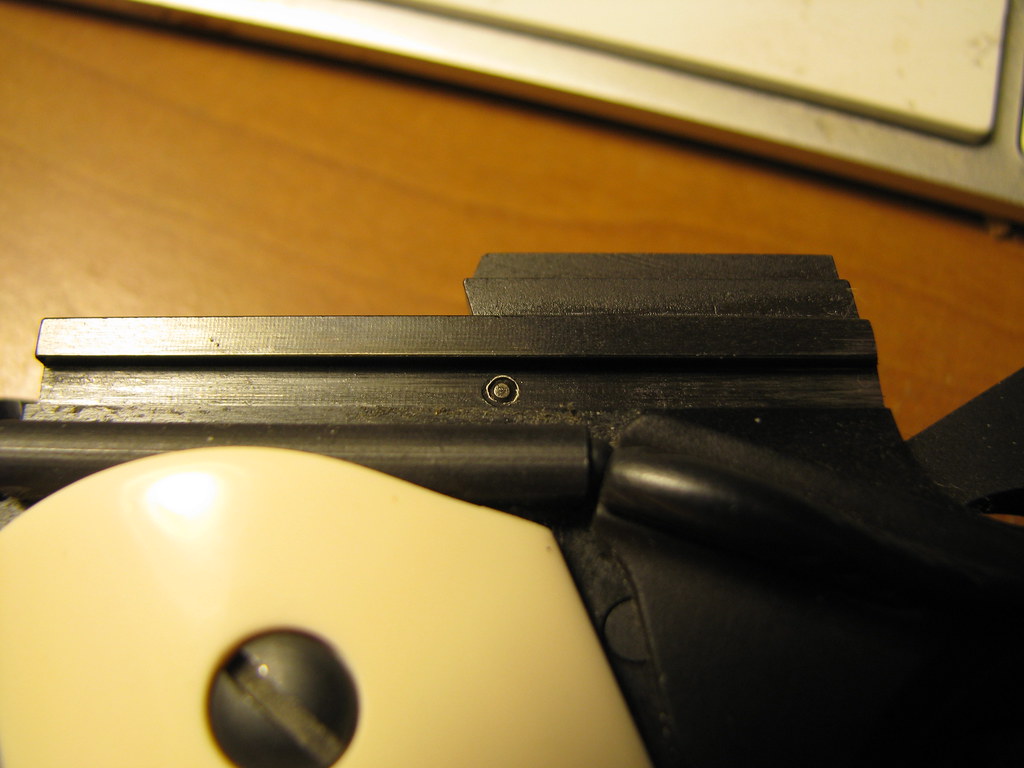There is no such thing as AN 1911.
Every single manufacturer has their own thing going on.
Something he mentions several times is how Springfield Armory uses some sort of epoxy instead of a pin to retain the ejector.
I want to know when this change happened, because my Springfield Armory M1911 A1 USGI has the pin.
So does my Colt for that matter.
I collect military tech manuals. The 1911 manual doesn't call out all of the meticulous fitting and measurements I've been reading about. It's put in the part, does it work? If not discard this obviously defective part!
TM 9-1925 (09NOV42):
13. General
a. Since all parts of the pistol are standardized as to their dimensions, repairs to a large degree consist of making the necessary replacement of worn, bent, or broken parts. In some cases, parts can be bent back or otherwise returned to their proper shape with satisfactory results. This applies to the leaves of the sear spring, the trigger, and the hammer strut. A worn sear notch in the hammer may be corrected by stoning or filing. Dents in the magazine usually may be removed and the lips returned to original shape by bending. Burs on muzzle of the pistol should be stoned off as outlined in paragraph 11 d (1).
14. Replacement Of Parts
a. Where parts or assemblies are broken or worn so as to render them unserviceable, they must be replaced from stock. Often only parts of the assembly will be worn or broken and others can be salvaged. However, should it take more time to remove serviceable parts than they are worth, the entire assembly should be scrapped. In quantity overhauling of pistols, the parts of each should be kept separate for ease in determining to which pistol they belong.
15. Repairs
a. Burs on cams and on other smooth surfaces should be removed to make the part serviceable. A very fine file is used, and care is taken to remove as small an amount of metal as possible. Where roughened surfaces are present on moving parts, an oil stone should be used.
b. Correction of trigger pull. Pistols received from the field usually have a trigger pull varying over a slightly wider range than new or repaired pistols (par. 3 a for trigger pull data). Too heavy or too light pull may be corrected by stoning the mating surfaces of the sear and hammer until they meet squarely. Do not stone off the notch in the hammer at an angle as this may decrease the safety of the pistol. The trigger pull also may be varied up to approximately 1/2 pound by bending the leaf of the sear spring slightly. The mainspring may require replacement if the pull remains too light after making these corrections. All pistols should be tested for trigger pull, as outlined in paragraph 7, after making repairs, and before they are again placed in storage or service.
That's the entire repair section of the TM. The rest is about how to tell if a part needs replaced and the procedure for swapping it. There's obviously tribal knowledge imparted to the user of this manual that they get from armorer's school, but it's also clear that they expected parts to just drop in.





No comments:
Post a Comment
You are a guest here when you comment. This is my soapbox, not yours. Be polite. Inappropriate comments will be deleted without mention. Amnesty period is expired.
Do not go off on a tangent, stay with the topic of the post. If I can't tell what your point is in the first couple of sentences I'm flushing it.
If you're trying to comment anonymously: You can't. Log into your Google account.
If you can't comprehend this, don't comment; because I'm going to moderate and mock you for wasting your time.